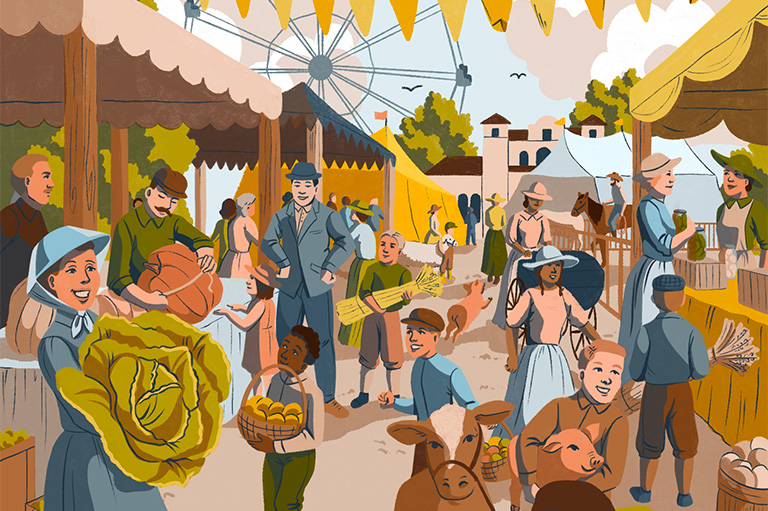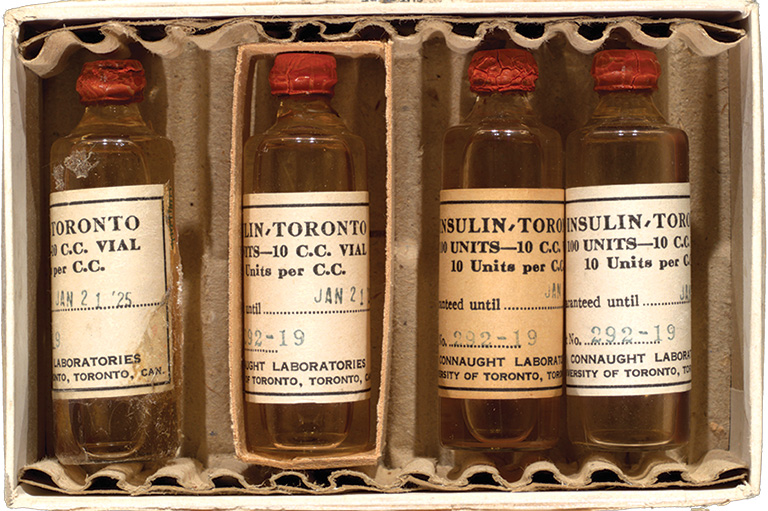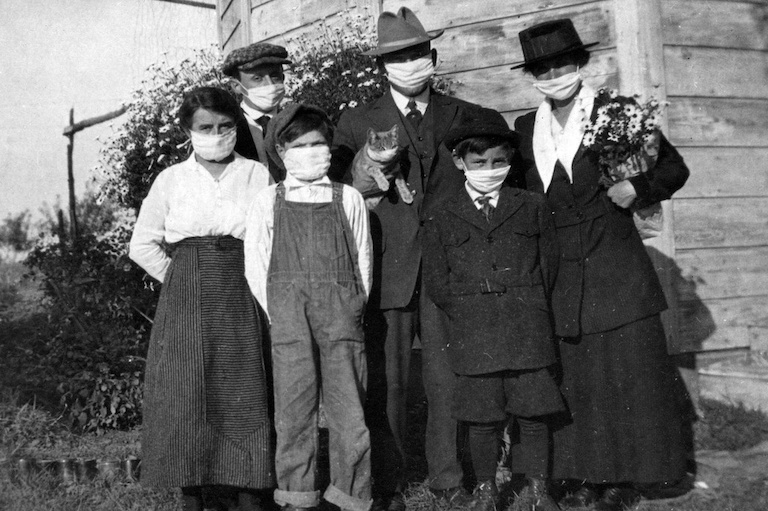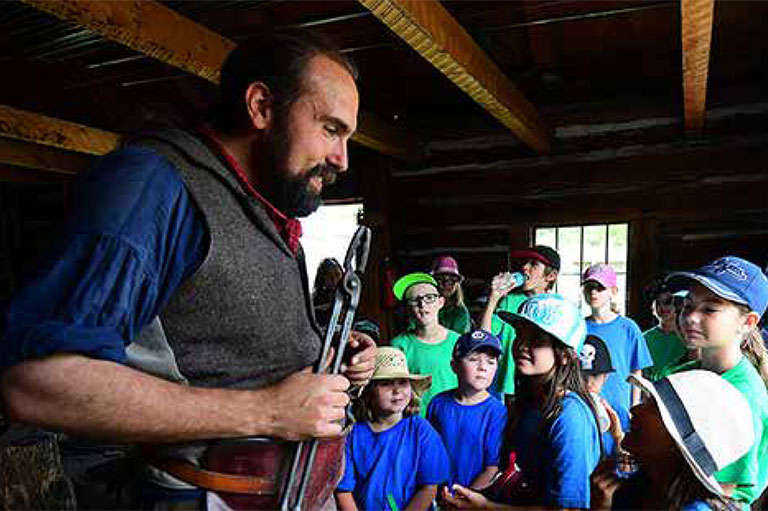Fairing Well

In many Canadian communities, the fall fair is one of the highlights of the year. But this much-anticipated event, isn’t just a lot of fun, it’s carrying on a centuries-old tradition of agricultural learning, exhibition and improvement. The November 2023 issue of Kayak looks at the history of the agricultural fair, and its evolution from a focus on improving livestock and crops to its place as a social and cultural touchstone.
In this activity, students will consider the many ways that agricultural fairs were important to individuals, families, and communities in the past.
Activity
Introduce the topic of agricultural fairs to your students by asking them the following questions:
- Has anyone ever been to a fair? What was it like? What did you see and do?
- What do you know about agricultural fairs? Why do you think they are important? Why might they have been important to people in the past?
Have students read the article “On Display” (pages 4-9) and take notes about some of the reasons why individuals and families might have attended agricultural fairs in the past. Examples: Farmers learned about new equipment and technology ; a chance to see friends and take a break from work ; opportunities for women to showcase skills and handicrafts ; exchanging ideas and information
Create a chart with headings for overall types of impact (for example, cultural, economic, social, technological, etc.) to be displayed to the whole class.
Bring students together for a class discussion about what they read and learned. Prompt them to think about the various benefits and impacts of attending fairs. Add their responses to the chart in the appropriate column.
Conclude the activity by summarizing the key reasons and benefits discussed during the class. Emphasize that agricultural fairs served as important community events – and symbols of livelihood and tradition – that brought people together and played various roles in the past.
Themes associated with this article
Advertisement





